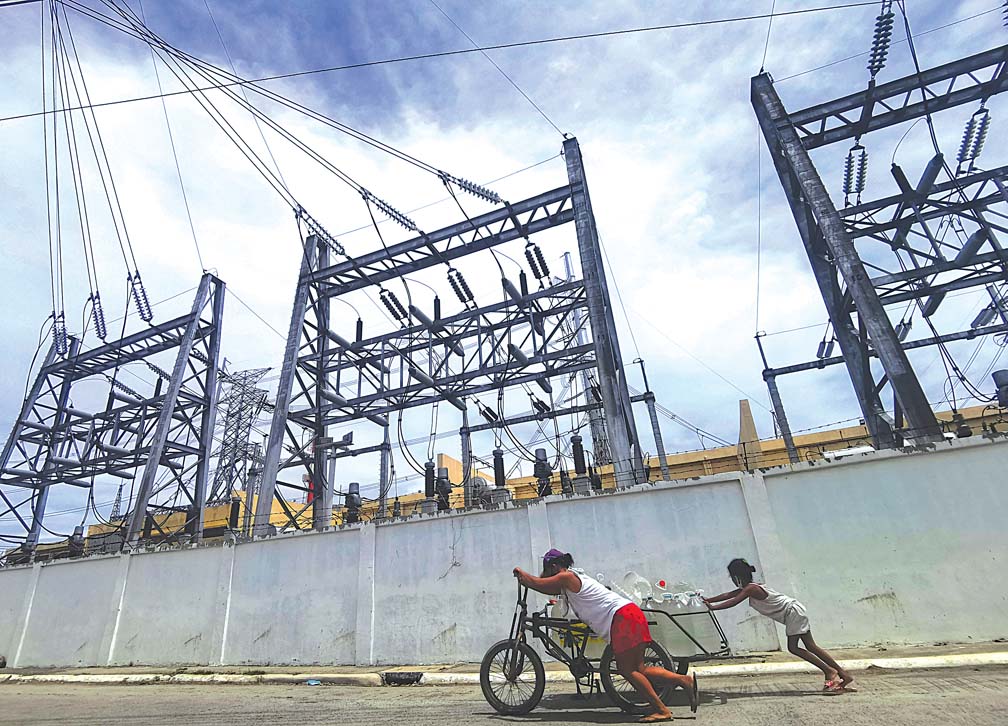The House of Representatives has endorsed for Senate approval a measure creating a standby fund for electric cooperatives (ECs).
This after the lower chamber recently approved on third and final reading, House Bill 7054, or the proposed “Emergency and Resiliency Fund for Electric Cooperatives” which shall be used in disaster prevention, management and mitigation measures of ECs and for rehabilitation of their infrastructures damaged by force majeure or fortuitous events.
The bill mandates the government to support and assist all ECs affected by force majeure to immediately restore power service. This will facilitate and assist efforts by local government units (LGU) in rendering aid, reconstruction and rehabilitation of devastated areas.
The measure provides for orderly and continuing government financial assistance to ECs in the form of grants for disaster mitigation, preparedness, restoration and rehabilitation of damaged facilities.
It also provides for additional powers and functions to the National Electrification Administration (NEA). Under the bill, NEA can now direct ECs to submit their respective comprehensive and integrated disaster-management program such as, but not limited to, Vulnerability and Risk Management and Emergency Response Plan and, thereafter, shall establish, administer and monitor the implementation of the same.
The NEA can also now receive donations, in form of funds, materials, or equipment, which are intended to restore ECs infrastructure damage by fortuitous event or force majure.
Under the bill, ECs shall implement the rural electrification program nationwide under existing laws and ensure the protection, preparedness and mitigation of the adverse impact of any fortuitous event or force majeure on their infrastructure. They shall also ascertain the ability of their manpower to undertake emergency response for the immediate restoration or rehabilitation of their damaged infrastructure after a catastrophe.
ECs shall also prepare plans and programs, and compliance with all requirements so that funds are allocated to implement the objectives and provisions of the law.
The Emergency and Resiliency Fund for ECs shall be managed and administered by NEA in consultation with other government agencies, ECs, and end-users. These entities shall submit quarterly reports on the program implementation and fund utilization to the Department of Energy, the Joint Congressional Power Commission and the Office of the President.
The bill said the initial fund shall be taken from the present appropriation of the National Disaster Risk Reduction and Management fund until it has been in included in the following year’s General Appropriations Act. Any donation in the form of materials, equipment or cash, local or international shall be administered by NEA subject to existing auditing rules and regulations and shall be exempted from all duties, taxes, fees and other charges.
It added the allocation of funds shall be divided accordingly: 30 percent for the ECs’ disaster prevention, disaster preparedness and disaster mitigation measures as approved by NEA; 60 percent for the restoration and rehabilitation of infrastructures of ECs damaged by catastrophe; and 10 percent for the settlement of expenses incurred by ECs during restoration and rehabilitation of infrastructure damages. In case of fund deficiency, NEA may seek the allocation of a supplementary budget subject to the approval of the President of the Philippines.





























